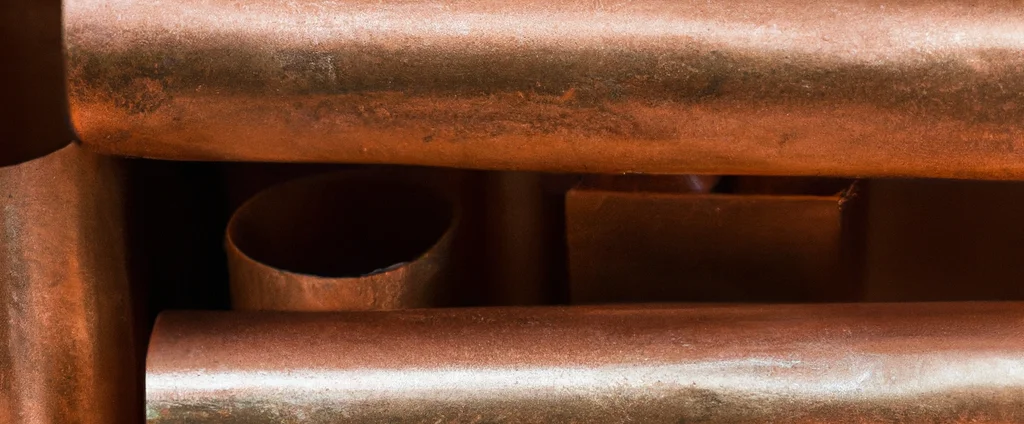Deoxidized High-Phosphorus Copper (UNS C12200)

Copper C12200, also known as Deoxidized High-Phosphorus Copper, is a high-purity copper alloy. It is one of the most common copper alloys used in various industrial and commercial applications due to its excellent thermal and electrical conductivity, corrosion resistance, and ease of fabrication.
| Chemical Composition | ||
|---|---|---|
| Element | Min | Max |
| Copper | 99.90% | 99.98% |
| Phosphorus | 0.015% | 0.04% |
The following table provides a list of copper C12200 properties in both SI and US customary/Imperial units.
Click on the button to switch between Metric and Imperial units.
| Physical Properties | Metric |
|---|---|
| Density | 8940 kg/m3 |
| Mechanical Properties | Metric |
| Tensile Strength (Ultimate) | 220 - 380 MPa |
| Tensile Strength (Yield) | 69 - 345 MPa |
| Shear Strength | 150 - 240 MPa |
| Young’s Modulus (E) | 115 GPa |
| Shear Modulus (G) | 44 GPa |
| Elongation at Break | 45% |
| Poisson’s Ratio (ν) | 0.31 |
| Thermal Properties | Metric |
| Melting Point | 1083 °C |
| Thermal Conductivity | 340 W/m·K |
| Specific Heat Capacity (Cp) | 385 J/kg·K |
| Coefficient of Thermal Expansion (αL) | 1.7×10-5 1/°C |
| Electrical Properties | Metric |
| Electrical Conductivity | 4.93×107 S/m |
| Electrical Resistivity | 2.00×10-8 Ω·m |
The values in this table are approximate and can vary depending on various factors such as the specific manufacturing process and heat treatment applied to the alloy.
Advantages & Disadvantages of Copper C12200
| Advantages | Disadvantages |
|---|---|
| Excellent conductivity | High cost |
| Good corrosion resistance | Susceptibility to oxidation |
| High ductility | Low strength compared to other alloys |
| Antimicrobial properties | Limited availability |
Applications of Copper C12200
Copper C12200 finds a wide range of applications due to its excellent conductivity, corrosion resistance, and malleability. Key applications include:
- Plumbing systems: Extensively used in plumbing systems for water supply lines, fittings, valves, and fixtures. Its corrosion resistance and antimicrobial properties make it an ideal choice for delivering clean water.
- Electrical wiring and components: Widely employed in electrical applications due to its exceptional electrical conductivity. Used for wiring in residential, commercial, and industrial buildings, as well as in electrical equipment and appliances. Also utilized for connectors, busbars, transformers, and various electronic components.
- Heat exchangers: Utilized in the construction of heat exchangers due to its high thermal conductivity. Commonly found in HVAC systems, refrigeration units, power plants, and industrial machinery to facilitate efficient heat transfer.
- Architectural applications: Its aesthetic appeal and durability make it suitable for architectural applications. Used in roofing systems, gutters, downspouts, and decorative elements in both residential and commercial buildings. Over time, it develops a natural patina that adds to its visual appeal.
- Industrial equipment: Employed in various industrial machinery and equipment. Used for pumps, compressors, valves, and heat transfer systems in industries such as oil and gas, chemical processing, and manufacturing.
- Marine applications: Its corrosion resistance makes it well-suited for marine environments. Used in shipbuilding, offshore structures, and marine equipment such as heat exchangers, condensers, and piping systems.
- Medical equipment: Utilized in medical equipment and devices due to its antimicrobial properties. Used in components such as connectors, tubing, and surgical instruments.
